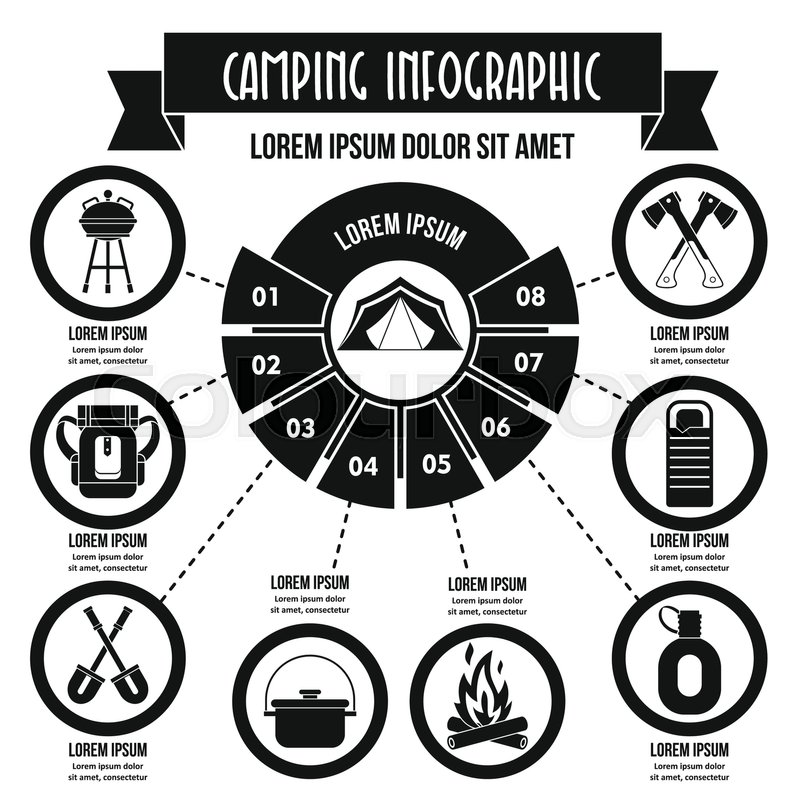Numerous camping tent producers provide a footprint that fits their shelter perfectly, and it can be tempting to purchase one to save time and hassle. Nonetheless, the included cost and weight of an impact can be discouraging after dropping hundreds on a lightweight tent.
Should I get a canvas tent?
Plus, tarps can function equally as well and are usually lighter. So, does your backpacking outdoor tents actually require a footprint?
Waterproofing
The floor of an outdoor tents is subjected to all kind of things, especially on rocky surface where sharp rocks and sticks are likely. Over time these abrasions can fray areas in the camping tent flooring and develop openings that might enable water to leak into the outdoor tents. A top quality backpacking outdoor tents is created to function well without a groundsheet, however the additional security used by a footprint is definitely worth it.
A lot of outside gear companies offer a matching footprint for their tents, which ensures an excellent fit. Nonetheless, these can be fairly costly and/or heavy. For ultralight backpackers seeking to conserve ounces, making your very own light-weight camping tent footprint out of Tyvek or Polycryo is a great alternative.
A footprint can also be made use of as a bivy sack when outdoor camping in bad weather condition or to give added shelter in a pinch. Just make certain it isn't larger than the tent to prevent rain from collecting on the outdoor tents flooring and seeping in via the bottom.
Weight
Most exterior gear manufacturers supply well-known footprints that will certainly compare perfectly with your camping tent but they come with a price-- normally an additional ounce or two in weight and price. For ultralight backpackers attempting to shave ounces off their pack weight, this can be a deal-breaker.
The major benefit of a footprint is that it will maintain your tent flooring dry in case of rainstorms. Nonetheless, it is very important to note that if your outdoor tents impact is as well huge, wetness may merge on top of it throughout a rainstorm and soak into your outdoor tents. This is why it's best to get an impact that is cut smaller sized than your camping tent on all sides. You can also attempt making your own light-weight tent impact out of Tyvek or Polycryo if you're looking to reduce costs and ounces.
Durability
Camping tents are built to hold up against lots of damage, however even the toughest shelters pierce, rip and create openings on exposed surface areas in time. An impact adds an added layer of protection in between the ground and your camping tent, aiding prolong the life of your sanctuary.
Footprints are readily available from the producers that make outdoors tents or in DIY products like Tyvek and Polycro. The official camping tent impacts are much more pricey and heavier than do it yourself options, yet they're designed particularly for your specific camping tent version, which makes them one of the most long lasting alternative.
The thickness of the impact fabric and your camping tent flooring is measured by a denier ranking, with higher deniers using thicker and harder-wearing fabrics. The ultralight Huge Agnes Tiger Wall camping tent has a super-thin 15D flooring, while the hefty Marmot Tungsten series outdoors tents have much thicker 68D cool camping gift floors.
Ventilation
Several backpackers choose to bypass a tent footprint for saving weight and cash. Nonetheless, the most crucial factor for using an impact is that it protects your camping tent flooring from wear and tear. Footprints are normally constructed from nylon or polyester and have a denier rating that can range from 20 to 80. The greater the denier, the thicker and more resilient the material will certainly be.
The ideal camping tent impact is reduced slightly smaller, on all sides, than the real synopsis of your tent. This avoids puddling, which can take place when the outdoor tents footprint stands out past the sides of your sanctuary and permits rainwater to pool there.
Why is it called glamping?
Some camping tent manufacturers include an equipped footprint with their items, while others market a common version that can be cut to dimension. Regardless of the product, many impacts include a few ounces to the total weight of your shelter system, which can be a big deal for backpackers that are aiming to save ounces whenever feasible.
